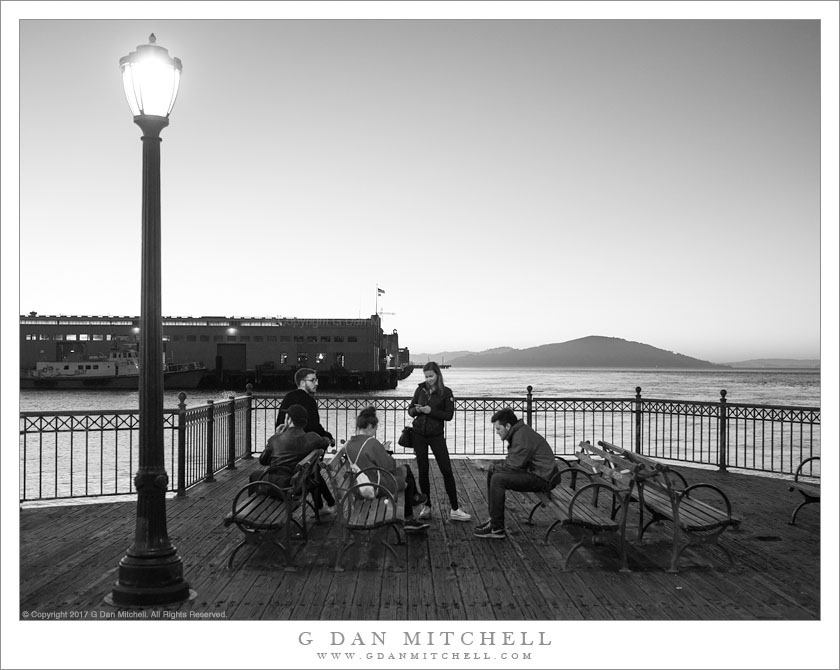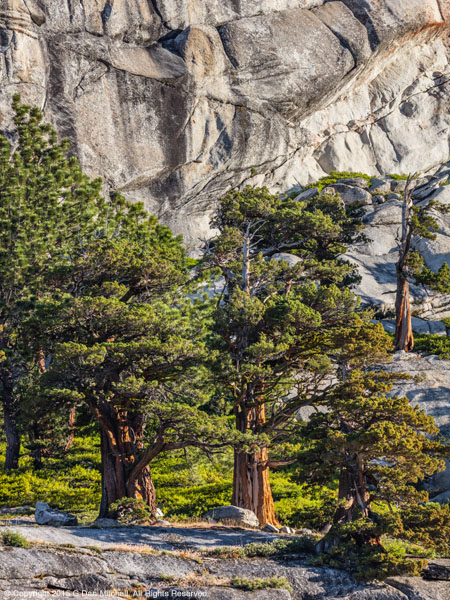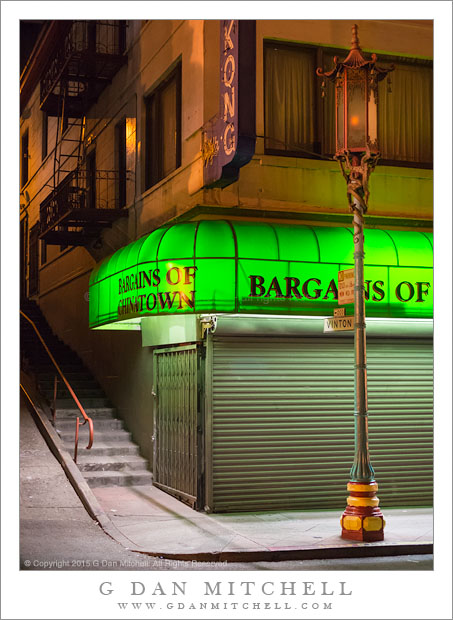
Tourists, Evening, San Francisco Bay. San Francisco, California. April 30, 2017. © Copyright 2017 G Dan Mitchell – all rights reserved.
Tourists pause in the evening at the end of a pier on San Francisco Bay
I was in San Francisco to meet up with a group of fellow (mostly) street photographers, first for dinner along the fringe of Chinatown and then out to make photographs afterwards. We finished dinner and headed out before sunset, beginning by photographing in the long shadows cast by early evening light in the downtown canyons. Since many in the group wanted to photograph the waterfront we headed that direction. I was geared up more for night street photography — typically done handheld rather than with the tripod I might choose to use for architectural or urban landscape photography — but I hung in with the group anyway.
At the waterfront, after wandering in and around some buildings, the group was of a collective mind to head out on one of the pedestrian piers that juts out into the Bay. Again, this was a bit different from what I had in mind, but there is no denying the attractions of being out over the surface of the Bay as the evening comes on and things quiet down. I photographed some fishermen, a few passing boats, bridges, and back towards the urban waterfront buildings.Eventually, as it became quite a bit darker, I took a moment to photograph a small group of what I assume must have been friends, sitting out near the end of the pier and conversing in the fading light.
 G Dan Mitchell is a California photographer and visual opportunist. His book, “California’s Fall Color: A Photographer’s Guide to Autumn in the Sierra” is available from Heyday Books and Amazon.
G Dan Mitchell is a California photographer and visual opportunist. His book, “California’s Fall Color: A Photographer’s Guide to Autumn in the Sierra” is available from Heyday Books and Amazon.
Blog | About | Flickr | Twitter | Facebook | Google+ | LinkedIn | Email
All media © Copyright G Dan Mitchell and others as indicated. Any use requires advance permission from G Dan Mitchell.




